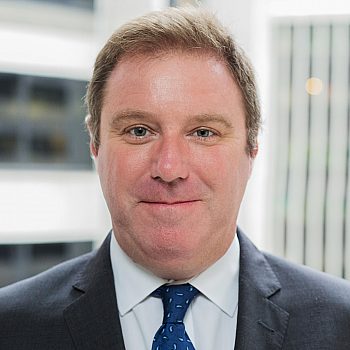The Post-Weinstein Age
The downfall of one-time Hollywood heavyweight Harvey Weinstein is increasingly looking like a seminal event, causing a paradigm shift in the way sexual harassment (and the bullying and victimisation that often accompanies such behaviour) is addressed in the community.
The Weinstein allegations opened the floodgates, acting as a catalyst for numerous claims against various high profile entertainment figures, some of whom have had career-ending moments of reckoning. This has led to the establishment of the #MeToo movement (and associated “Time’s Up” initiative) encouraging past and current victims of sexual harassment and other forms of unacceptable conduct to ventilate their claims and hold those responsible to account.
Parallel with this, a major investigative journalism project is currently underway in Australia, examining allegations of misconduct against high profile media and entertainment figures in this country. This has already led to the airing of serious claims (which are denied) against two prominent men.
Beyond Hollywood?
This begs the question — what are the implications of this paradigm shift for employers generally?
Given the extensive coverage of this issue, with it becoming a social media staple and the subject of many “barbecue stopper” conversations, it is unlikely that the impact of these events will be confined to the media and entertainment industries.
As such, an increase in complaints of sexual harassment is on the cards for 2018, with aggrieved employees emboldened after seeing that power, status and position don’t confer a licence to engage in such behaviour with impunity.
What employers need to do
More than ever, employers need to be fully prepared. In order to avoid vicarious liability in the unfortunate event an employee engages in sexual harassment, an employer needs to be able to demonstrate that it took all reasonable steps to prevent the conduct occurring.
To achieve this it is imperative that employers have:
- A clear, well-drafted sexual harassment policy;
- Effective communication of the policy;
- Training on the policy, its implementation and sexual harassment principles generally (including, consistent with the observations of Justice Buchanan in Richardson v Oracle Corporation, a reference in the training to sexual harassment being against the law with potential liability for both employee and employer);
- Proper implementation and enforcement of the policy. The policy can’t simply be an exercise in window dressing or puffery, with hollow rhetoric about commitments to countering inappropriate conduct that aren’t reflected in the culture of the workplace;
- An accessible and effective mechanism for dealing with complaints of sexual harassment which includes a clear point of contact (who is properly empowered to initiate the relevant process);
- A process whereby complaints of sexual harassment are thoroughly and objectively investigated, with appropriate disciplinary outcomes.
To the last point, the role of the investigator is crucial. The investigation provides the foundation upon which the employer’s response is built. It is a difficult, often thankless, but fundamental role. A failure to investigate, or a deficient investigation, might be fatal to the employer’s chances of properly protecting its interests.
The investigator should be neither a “crusader” for a cause nor someone who is pliable and open to making findings that might be convenient or expedient but not ultimately sustainable. The best investigators in sexual harassment matters are those who are able to use high level emotional intelligence and personal skills to sensitively adduce all relevant evidence about the claims, and then take a probative, forensic approach to the consideration of that evidence in making findings of fact.
Employers need to be prepared!
The legal (and reputational) risks are too great for employers to simply either do nothing or engage in “window dressing” when complaints of sexual harassment are made. It’s not only morally wrong; it’s commercially reckless.
Employers should also consider having in place an “action plan” in the event allegations of serious misconduct (such as sexual harassment) are made against senior executives that might garner media attention. An effective, integrated legal and communications strategy is crucial. When these types of claims are aired in the media events can move very quickly and employers trying to deal with them in an ad hoc manner on the run are at a distinct disadvantage.
The impact of the #MeToo movement is going to extend well beyond the red carpet of the Golden Globes to workplaces in all industries. The red button social issue of 2018 should also now be a key agenda item for employers.

